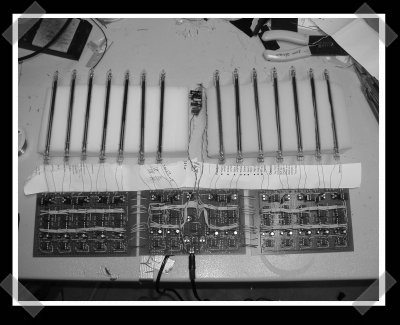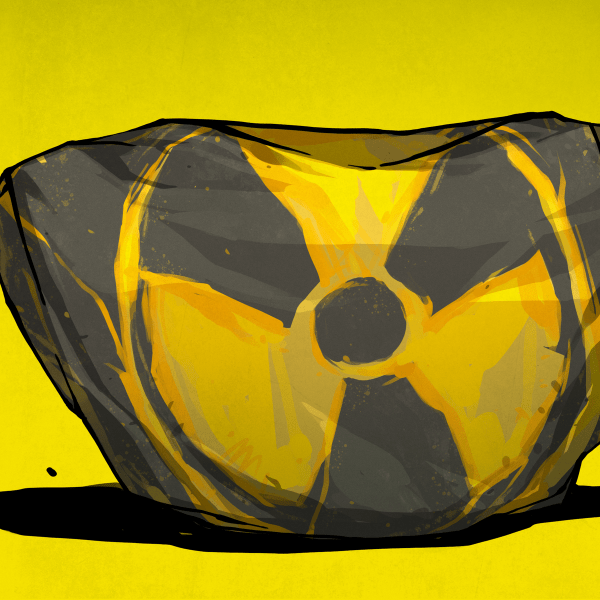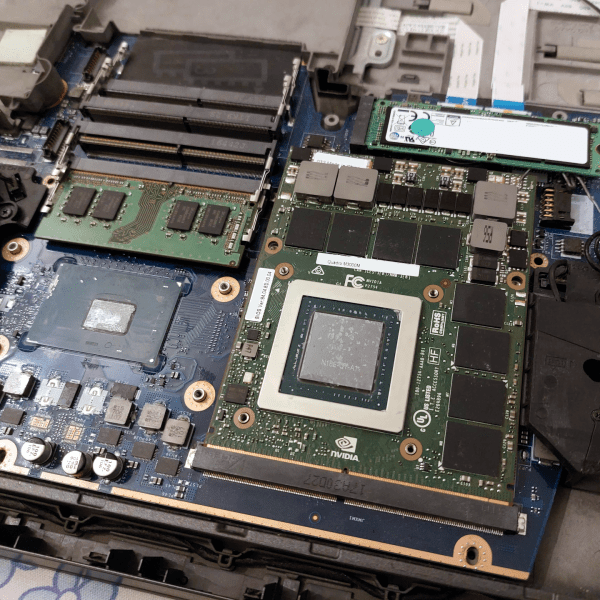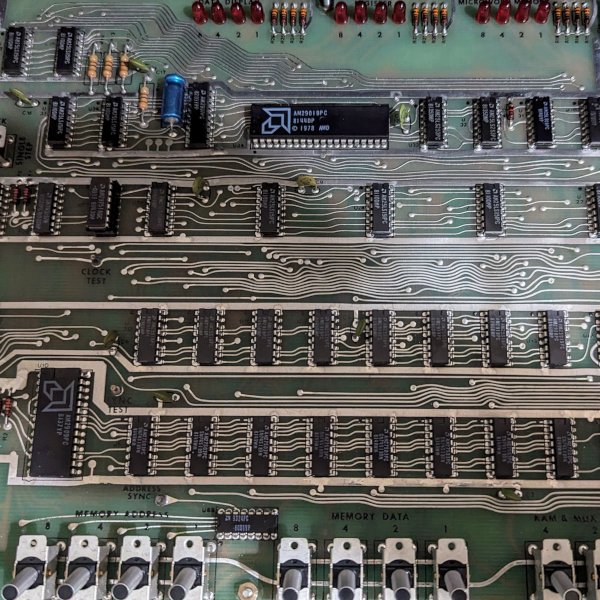
[Daniel] sent in his Nixie tube VU meter. It uses 14 Russian IN-13 Nixie bar-graph tubes. He built a custom circuit to amplify, filter, smooth and feed a voltage divider to assign signal levels to segments and finally some high voltage transistors to drive the tubes. The circuit looks pretty big, but it’s repeated for each tube – so he worked hard to keep the cost down as much as possible. Now this just needs to live on the front of a massive tube amplifier.
15 thoughts on “Nixie Tube VU Meter”
Leave a Reply
Please be kind and respectful to help make the comments section excellent. (Comment Policy)
















Are Russian nixie tubes in a massive surplus or something?
don’t know about ‘massive’. but they were replaced by transistors and FETs after WW2 which are much cheaper to make. so no one really makes tubes anymore due to price and complexity to manufacture, that’s why most tubes found are surplus stock from many years ago
I’ve been thinking of doing the same exact thing for a while now, only with maybe twice the number of in-13s so that it could span the top of my desk hutch. I’m glad someone did (although kind of sad that someone else thought of it before me).
I have never seen a Nixie bar graph before. Looks great!
VU meter? well, more like 14.
What he’s actually made is an RTA. (real time analyzer)
The signal is filtered into separate frequency bands, and each band has a VU meter.
from the video, it looks like the frequency bands have a low Q and overlap a bit on the sweep.
(Q is basically band width)
Just replace those ICs with tube valves and you may have something. ;)
That looks great! Nice job!
I am a fan of vintage electronics and all things nixie. I bet some Magic Eye tubes would be cool as well…
http://www.akh.se/tubes/eyes.htm
http://koti.mbnet.fi/siliconf/JukkaTolonen/ga/peakmtr/peakmtr.html
btw, currently there are no spectrum analyser chips available, so you pretty much have to create the filters as you have… But if you come across any older RTA’s at a garage sale (Radio Shack used to sell several models) for cheap, they may have a NJU7507 7/14 band chip inside that looks easy to use.
That looks really nice!
I agree, maybe use some tubes, but do a really nice wood enclosure for it or something and it will be perfection as-is.
nice tight construction on the circuit board too.
overall a super project!
kudos to daniel on a great build!
Does anyone remember the French guy that made a summing mixer with nixie VU meters over the mains? he had a quirky little DIY site but i can’t seem to find it now.
I would’ve gone with a uC to pull some FFT shit and use a couple of HC595s + MPSA42 to drive the nixies. Would’ve made for much easier construction & better display performance.
Check this out: http://elm-chan.org/works/akilcd/report_e.html
@2: Nixie’s are indicator tubes; their replacements were LED displays.
Didn’t Neve use nixie bar graphs on their mixers at one time?
chances are that I’ll be building one of these. I’ve had the guy that does nixie clocks on my ebay sellers list for awhile waiting for desire to catch cost.
A nixie VU raises desire just a bit…
Strictly speaking I think the term Nixie(tm) only applies to neon display tubes with the cathodes formed into numerals, but by any name these are a cute bar display tube. Like decatrons they are a good example of how complex functions can be done fairly simply using neon technology. (More on gas tubes here – http://ozvalveamps.elands.com/vrtubes.htm)
Having noticed a lot of graphic equalisers going cheap in second-hand stores I have been thinking of doing something similar employing the ready-built filters (gyrators) and metalwork, replacing the slider controls with LED strip displays.
I intend to use a LM3915 log LED bargraph driver chip for each band, and these would very considerably simplify this particular circuit after the filters. They can also be cascaded to provide 20 steps if desired.
These can be run in bar, dot, or (with a bit more complexity) bar-with-peak-dot modes like the iPod display.
As a soundie I consider graphic eq’s to be an instrument of the devil, and since they are generally too light to serve as a doorstop or boat anchor, conversion to a graphic analyser is their most fitting destiny. :)
@14 I guess technically these are “cold cathode neon readout tubes” but Nixie is a sort of genericized trademark.
I tried desperately hard to work the lm3915’s into my design; they do exactly what I needed them to do…. and then have an open drain output stage that only drives LEDs. I’m only a junior in high school, and I still have no idea how to work those in without about $8 in hardware per lm3915. So I just stole the idea for the comparators and voltage divider from National Semiconductor’s lm3915 block diagram :)
Now all I need is to build a wooden case and figure what the heck this is actually good for, and I’ll be set.